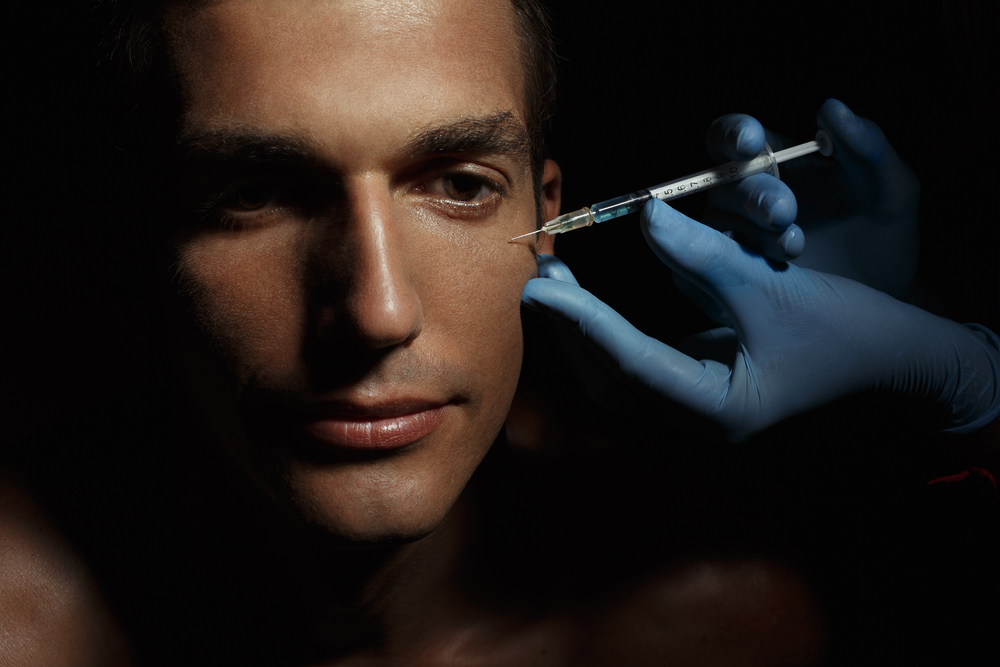Transgender men — men who were assigned female at birth — make up a significant portion of the estimated 1.4 million adults who identify as transgender in the United States. This article answers some of the most frequently asked questions on FTM surgery.
As transgender men navigate the waters of their own gender identity, some choose to undergo female to male (FTM) surgical masculinization procedures.
While no plastic surgery procedure is necessary to be considered a trans man, masculinization surgery and treatments can deliver an outward appearance that more accurately reflects some trans men’s gender identity.
There is a wide range of procedures available to trans men. Some are subtle while others provide more drastic changes. These procedures can reduce the appearance of female secondary sex characteristic such as the breasts or facial features, and augment certain male secondary sex characteristics, like the Adam’s apple. The reproductive organs, which are referred to medically as primary sex characteristics, can also be changed through gender reassignment surgery.
Targeting Secondary Sex Characteristics
Procedures that aim to reduce female secondary sex characteristic and augment secondary male characteristics include facial masculinization, FTM Top Surgery, and Body Masculinization Surgery (BMS). These umbrella categories are a combination of trans-oriented procedures and surgeries also sought by cisgender males — males assigned male at birth.
Facial masculinization covers procedures between the neck and forehead. Typical masculine facial features include a more prominent chin, forehead, nose and Adam’s apple. Chin re-contouring, forehead lengthening, rhinoplasty, and Adam’s apple surgery can be combined to achieve the desired results. These procedures utilize implants and subtly change the placement of facial features to achieve their transformative effects.
FTM Top Surgery is primarily concerned with creating a flatter, more masculine chest through the removal of feminine breasts. This is achieved through subcutaneous mastectomy, a type of breast removal that keeps the nipple intact. Different techniques are employed, depending on the size of the breasts. Keyhole top surgery — a technique employed on patients with smaller breasts — involves making a small incision and suctioning out breast tissue. FTM Top Surgery also involves the reshaping and placement of the nipple. The end goal of this surgery is to maintain sensation in the nipple and the areola while reducing their size to achieve a more masculine appearance.
Body masculinization works to create a classic V-shaped torso: broad in the shoulders and narrowing toward the waist. This is achieved through the liposuction of areas where feminine bodies are typically larger, like the thighs, back, and buttocks. This procedure can be combined with upper body weight training for a more pronounced masculine torso.
Changes to Primary Sex Characteristics
Trans men looking to alter their reproductive organs can undergo sex reassignment surgery (SRS), also known as gender confirmation surgery. SRS refers to several procedures which can include phalloplasty and metoidioplasty.
Phalloplasty is the construction of a penis, typically through grafting part of the arm or chest. According to Hudson’s FTM resource guide, one of the most authoritative online publications on the topic, erections are usually achieved with either a malleable rod implanted permanently or temporarily inserted in the penis, or with an implanted pump device. However, work is currently being done to create fully functional penises through bio-engineering.
Metoidioplasty is the enlargement of the clitoris through hormonal means, followed by the separating of the clitoris and labia minora. The clitoris is then surgically lowered to match the placement of the penis. A hysterectomy — the surgical removal of the uterus — can also accompany these two procedures.
In addition to sex reassignment surgery, some trans men opt for scrotoplasty. This is the creation of a scrotum through the alteration of the labia majora. Silicone prosthetic testicles can also be inserted into this scrotum.
Frequently Asked Questions
What are some of the most common masculinization procedures?
“In my experience, the most common procedure requested by trans men is top surgery, or chest masculinization,” says Dr. Babak Dadvand, a plastic surgeon working in Beverly Hills, California. “Liposuction of the abdomen, love handles, and outer thighs are other common procedures requested by trans men to obtain a more masculine silhouette.”
Dr. Vartan Mardirossian, a facial plastic surgeon working in Long Beach, Florida, adds to this list: “Forehead implants, mandible and chin implants are quite commonly requested, as they create more prominent, masculine features.”
How safe are these procedures?
“There are risks, as with any procedure,” says Mardirossian. “We always advise our patients about the small chance of scarring, nerve deficits, bleeding, and infection.”
Certain precautions can be taken to reduce the chances of negative side effects. “I make sure all of my patients undergo medical clearance and preoperative lab work to ensure the risks are as low as possible,” says Dadvand. “In general the risks and dangers of these surgeries are very, very low.”
Am I too old (or too young) to undergo these procedures?
“I have treated patients from the age of 17 to 64. On average most of the patients I see are in their early 20s but it really does span a wide range,” says Dadvand, “I do think that the trend will be towards younger ages as there is more awareness, both socially and politically, about the trans community.”
Certain procedures do have a minimum age requirement or a suggested minimum age. “It is important to perform contouring procedures after 18 or 19 years of age so that the facial bone has stopped growing,” says Mardirossian.
Are the results of these procedures permanent?
The answer to this depends on the particular procedure. Some are permanent while others require upkeep.
“For the most part, these procedures are permanent,” says Dadvand, “TOP surgery is difficult to reverse, although it could be done with implants,” says Dadvand. “For any liposuction procedure, if the patient gains a significant amount of weight then their results won’t be as noticeable. As long as they maintain a reasonable diet and exercise program, they will benefit from long lasting results.” Procedures that involve implant require no regular upkeep. “These procedures are permanent, but also reversible if the patient chooses to have the implants removed,” says Mardirossian.
While theoretically it is possible to reverse certain procedures, people rarely do. “The patients I see have been working towards a goal — emotionally, psychologically, and physically— for years before they see me,” says Dadvand. “Basically, the plastic surgeon shouldn’t be the first step in transitioning but rather one of the final steps. This is why I haven’t yet seen a patient who wanted to reverse their surgeries.”
What should I look for when choosing my doctor?
“I always tell my patients that it’s important to select a board-certified plastic surgeon who not only performs these procedures and has great results, but also to make sure you feel comfortable with the surgeon and their office staff. The relationship doesn’t end with the surgery, it’s only getting started,” says Dadvand. “In my practice I see my patients the day after surgery, one week after, 6 weeks after, 6 months after, and one year after surgery. I like to see their progress and address any issues that may come up during the healing process. After one year post-surgery, I have patients follow up annually. So there never really is a last encounter date from my end.”
These procedures require coordinated support from a range of professionals including urologists, endocrinologists and plastic surgeons, and only those with the appropriate training and in the appropriate setting. This is generally at a center that is certified to perform such procedures and follow the Standards of Care established by the World Professional Association for Transgender Health (WPATH).
How much do procedures typically cost?
The price will vary greatly depending on location, the desired procedures, and the chosen professionals.
According to the Transgender Law Center (TLC), surgeries generally cost anywhere between $7,000 and $50,000. This is typically paid out of pocket, on top of the roughly $100 a month that many trans people spend on hormones.
This pricing is restrictive for many trans people, and they may forgo procedures altogether because of the high cost. For some, this results in emotional turmoil and depression. The Trans Lifeline is available for trans people in need of emotional support.
If you’re looking for assistance or would just like to contribute to a good cause, organizations like Trans United Family and Friends (TUFF) have been established to help reduce this financial barrier for certain people. The CK Life Scholarship Fund and Jim Collins Foundation also offer financial assistance for trans surgical procedures.









